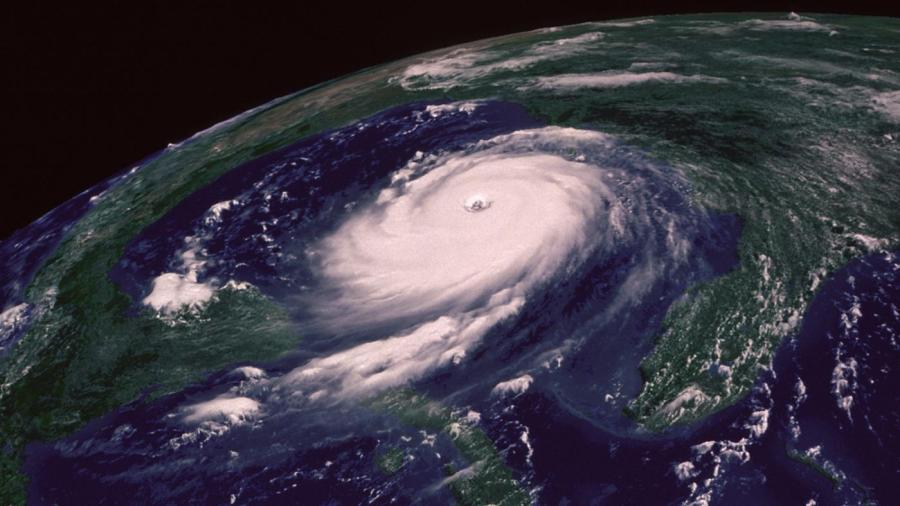What Path Did Hurricane Katrina Take?

Hurricane Katrina traveled from the Bahamas, across the southern tip of Florida and over the Gulf of Louisiana before turning northward and heading up through the tip of Louisiana, Mississippi, Tennessee and Kentucky before finally trickling down in Ohio. Throughout its course, the storm went through several phases of severity.
Katrina began as mere storms in the Bahamas before developing into a tropical depression. By the time it reached the coast of South Florida, it was classified as a tropical storm. While traveling across Florida, it evolved into a low-category hurricane. Over the Gulf of Mexico, the storm reached its most intense levels as it graduated from a category-3 to a category-5 hurricane. By the time it reached the coast of Louisiana, it had been downgraded to a strong category 3.
A category-5 hurricane is the most intense hurricane on the Saffir-Simpson Hurricane Wind Scale, which is used to determine the severity of hurricanes. At category 5, hurricane winds can be in excess of 155 mph and catastrophic damage is a virtual certainty. Even a category-3 hurricane can produce winds of up to 129 mph. This is why southern Louisiana and Mississippi incurred so much damage as a result of Hurricane Katrina. Hurricane Katrina remained a category 3 as it traveled over Louisiana and parts of Mississippi. It did not downgrade to a tropical storm until it reached the northern half of Mississippi.





